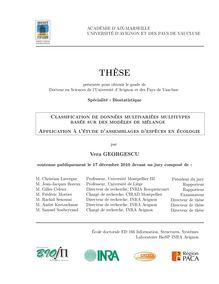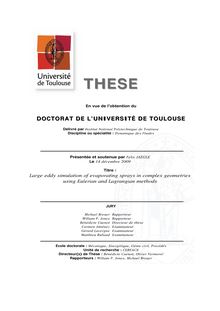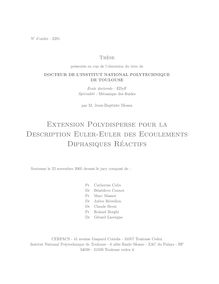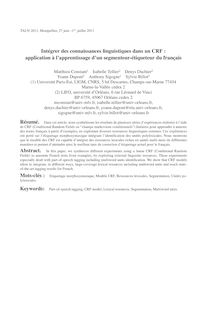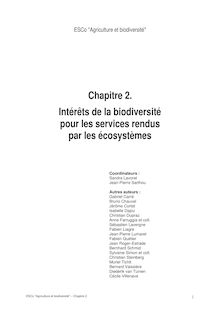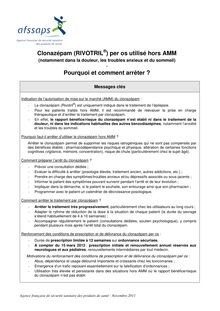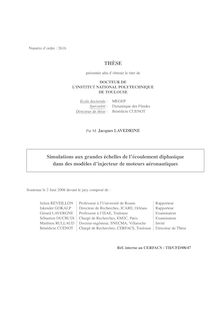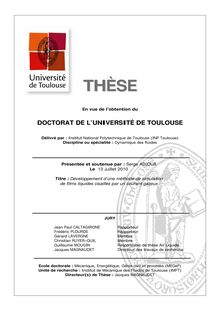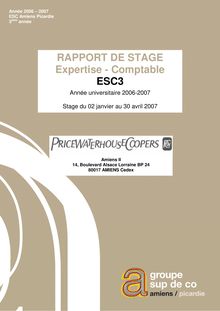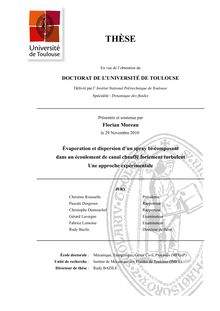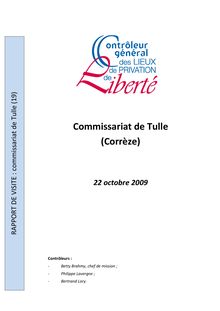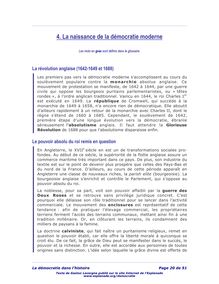#lavergne
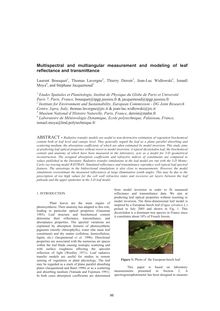
Documents
Multispectral and multiangular measurement and modeling of leaf reflectance and transmittance Laurent Bousquet1 Thomas Lavergne2 Thierry Deroin3 Jean Luc Widlowski2 Ismaël Moya4 and Stéphane Jacquemoud1 Etudes Spatiales et Planétologie Institut de Physique du Globe de Paris et Université Paris Paris France jussieu fr jussieu fr Institute for Environment and Sustainability European Commission DG Joint Research Centre Ispra Italy thomas it jean luc it Muséum National d'Histoire Naturelle Paris France fr Laboratoire de Météorologie Dynamique Ecole polytechnique Palaiseau France ismael polytechnique fr ABSTRACT Radiative transfer models are useful to non destructive estimation of vegetation biochemical content both at leaf level and canopy level They generally regard the leaf as a plane parallel absorbing and scattering medium the absorption coefficients of which are often estimated by model inversion This study aims at predicting leaf optical properties without resort to model inversion A typical dicotyledon leaf the biochemical content and anatomy of which have been measured in the laboratory acts as a model for D geometrical reconstruction The assigned absorption coefficients and refractive indices of constituents are compared to values published in the literature Radiative transfer simulations in the leaf model are run with the D Monte Carlo ray tracing model RAYTRAN Simulated reflectance and transmittance reproduce well typical leaf spectral features The anisotropy in the bidirectional simulations is also close to measurements However the model simulations overestimate the measured reflectances at large illumination zenith angles This may be due to the prescription of too high values for the cell wall refractive index and excessive air layers between the leaf palisade and the upper epidermis in the D leaf model
Stéphane

Documents
Etudes supérieures
Multispectral and multiangular measurement and modeling of leaf reflectance and transmittance Laurent Bousquet1 Thomas Lavergne2 Thierry Deroin3 Jean Luc Widlowski2 Ismaël Moya4 and Stéphane Jacquemoud1 Etudes Spatiales et Planétologie Institut de Physique du Globe de Paris et Université Paris Paris France jussieu fr jussieu fr Institute for Environment and Sustainability European Commission DG Joint Research Centre Ispra Italy thomas it jean luc it Muséum National d'Histoire Naturelle Paris France fr Laboratoire de Météorologie Dynamique Ecole polytechnique Palaiseau France ismael polytechnique fr ABSTRACT Radiative transfer models are useful to non destructive estimation of vegetation biochemical content both at leaf level and canopy level They generally regard the leaf as a plane parallel absorbing and scattering medium the absorption coefficients of which are often estimated by model inversion This study aims at predicting leaf optical properties without resort to model inversion A typical dicotyledon leaf the biochemical content and anatomy of which have been measured in the laboratory acts as a model for D geometrical reconstruction The assigned absorption coefficients and refractive indices of constituents are compared to values published in the literature Radiative transfer simulations in the leaf model are run with the D Monte Carlo ray tracing model RAYTRAN Simulated reflectance and transmittance reproduce well typical leaf spectral features The anisotropy in the bidirectional simulations is also close to measurements However the model simulations overestimate the measured reflectances at large illumination zenith angles This may be due to the prescription of too high values for the cell wall refractive index and excessive air layers between the leaf palisade and the upper epidermis in the D leaf model
Stéphane
6 pages
English
Collection
{{collectionTitle}}
Collection
{{collectionTitle}}
Collection
{{collectionTitle}}
{{productCategoryLabel}}
{{productTitle}}
{{productAuthors}}
{{productCategoryLabel}}
{{productThemeLabel}}
{{productTitle}}
{{productAuthors}}
{{productPages}}
{{productLanguageIsoCode}}
